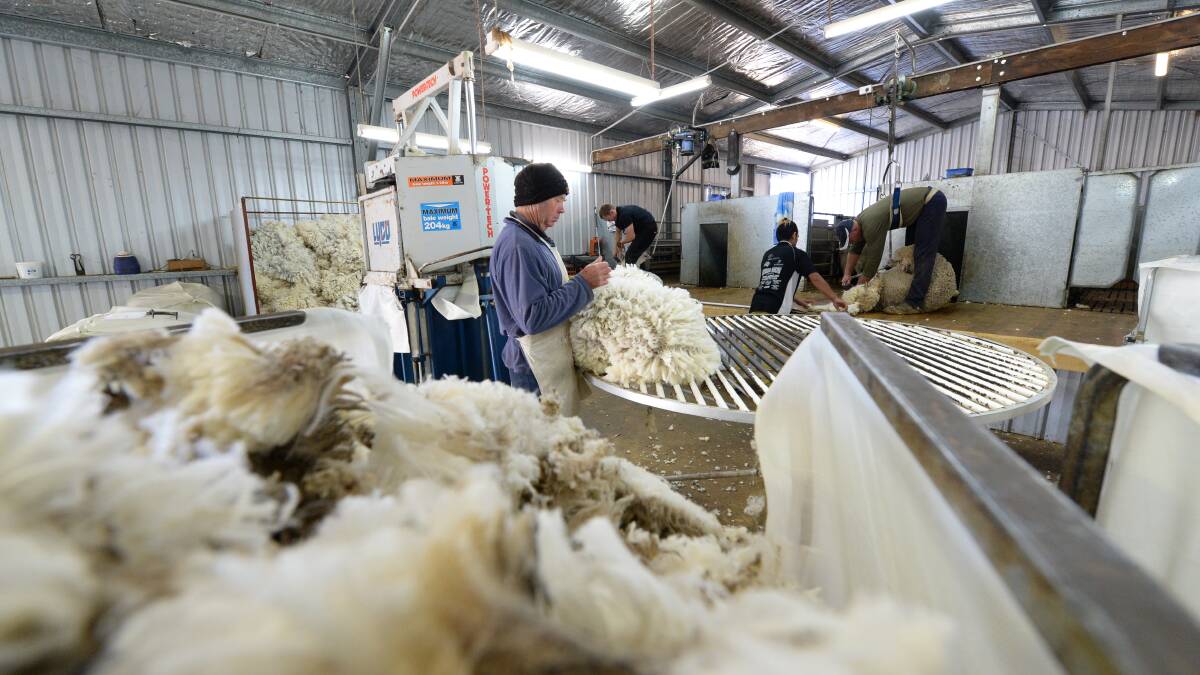
Senior government agricultural economists have forecast the recent solid climb in wool prices will suffer a loss of traction, with a declining eastern market indicator (EMI) forecast for the 2019-20 selling season.
According to the Australian Bureau of Agricultural and Resource Economics and Sciences (ABARES) Outlook 2019 wool five-year forecast, the eastern market indicator (EMI) will cool off slightly in 2019-20 due higher than expected volumes of wool coming into the market as flock rebuild commences.
The EMI for 2019-20 is forecast at 1635.8 cents per kilogram, clean, a decrease of about seven per cent from the 2018-19 financial year.
This is coupled with the predicted number of sheep shorn and overall wool production both rising by about two per cent.
This is relatively good news though, as driving the EMI up in 2018-2019 was the reduced wool production as a result from the drought in the eastern states as did the a significant decline in live animal exports.
Yet, the projected outlook indicated the recent resurgence in wool prices have not been a flash in the pan with the the EMI expecting to start a rebuild in the medium term.
In 2023-24 the EMI is projected to increase to 1815.3c/kg thanks to strong global demand in major wool consuming markets for high value woollen textiles and clothing.
Major wool-consuming markets such as China, the European Union and the United States will underpin the strengthening of global demand for wool.
Although wool production and exports are forecast to fall in 2018-19 due to continuing dry seasonal conditions reducing the number of sheep shorn from 2019-20, the sheep flock is expected to begin recovering, increasing each year until 2023-24.
READ MORE:
But the 2018-19 forecast of lower wool production is not expected across all wool types.
Of the wool tested as at January 2019, the supply of fine and medium wools (18.6 to 22.5-microns) fell by about 25pc year-on-year. Dry seasonal conditions have pushed the average micron of these wools lower resulting in a higher supply of lower quality superfine wools.
The national wool clip is expected to rise gradually throughout the medium term to about 411,800 tonne by 2023-24, just under eight per cent above the 2018-19 forecast while wool exports are expected to increase to $3.7 billion.
The Australian sheep flock is also predicted to rise by nearly 12pc by 2023-24 to 74.2 million head, compared to the current fiscal year where numbers stand at 66.1 million.


